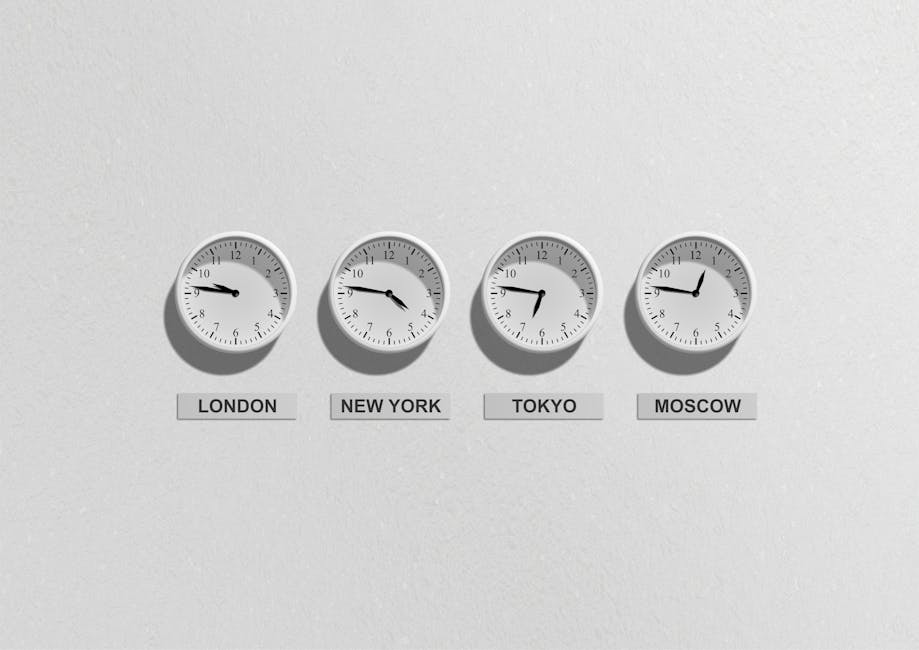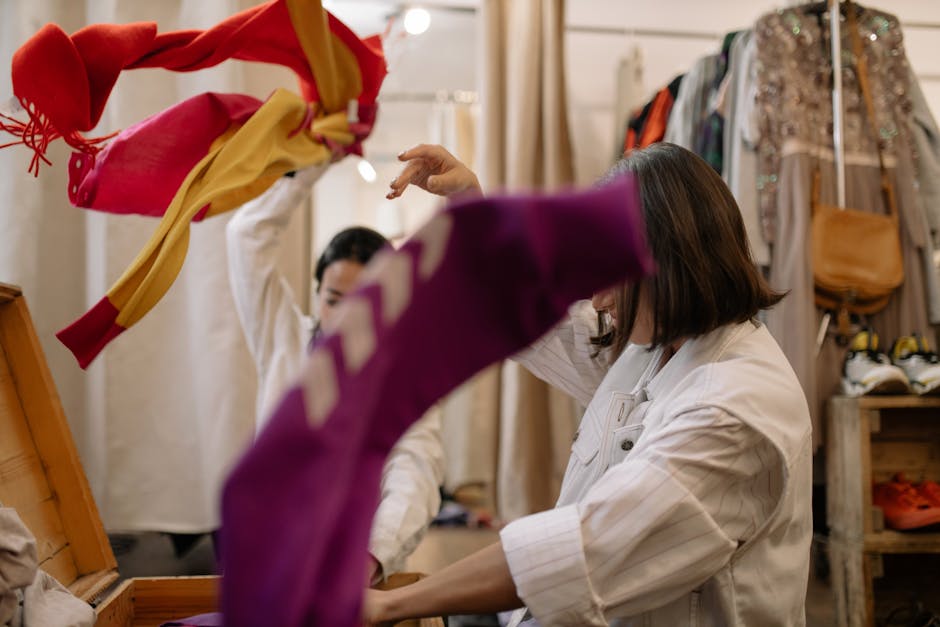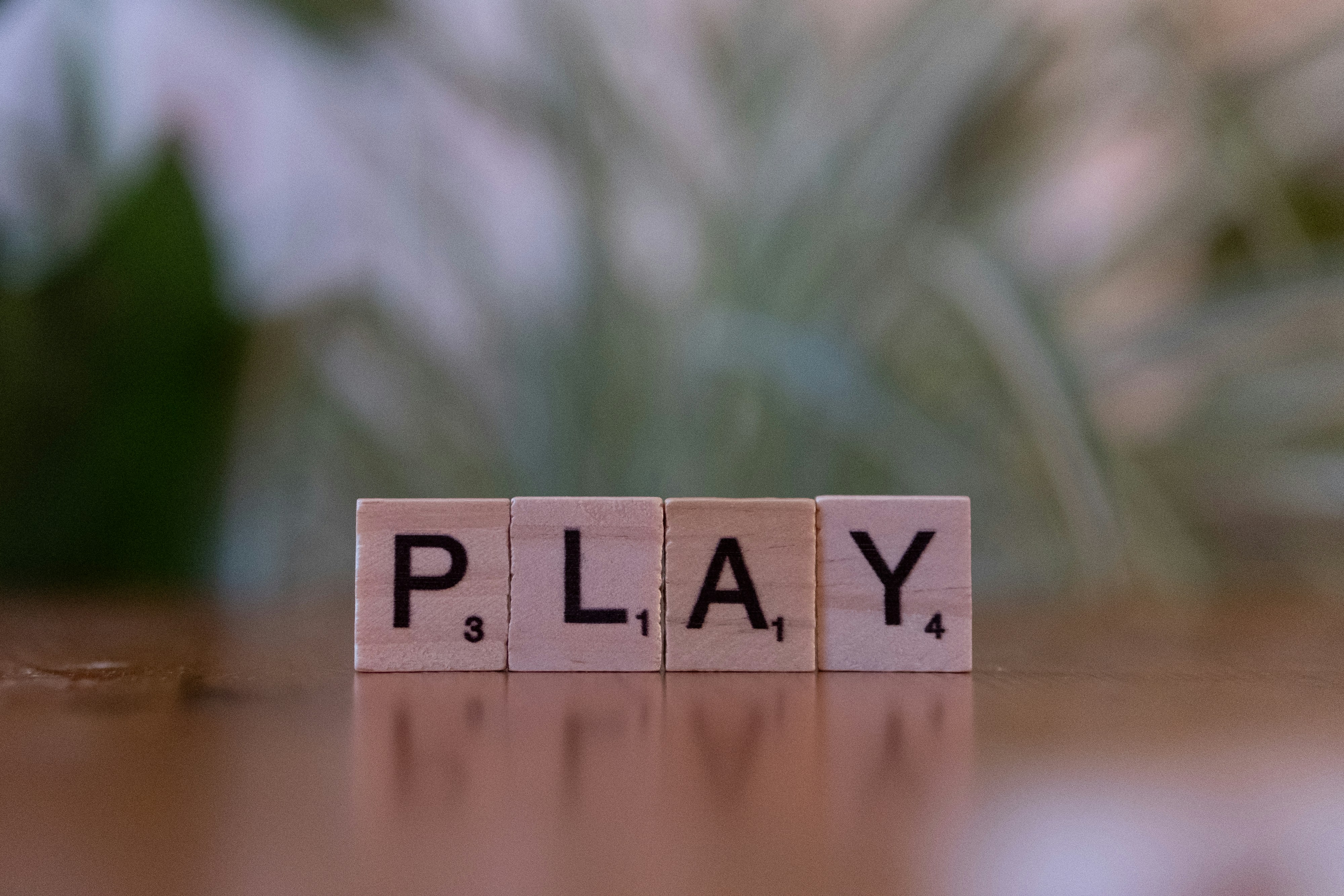Unlock Your Daily Mood: Discover Color Therapy's Hidden Power
Have you ever walked into a room and felt an instant shift in your mood? The vibrant hues of paint on a wall or the subtle shade of a sofa can have more influence on your feelings than you might realize. Welcome to the world of color therapy! This often-overlooked realm promises transformative benefits for emotional health and productivity, allowing you to harness the true power of color in your daily life. By exploring color therapy, not only can you enhance your mood, but you can also unlock your potential for greater productivity. So, let’s delve into how the invisible spectrum of color can profoundly change your well-being.
The Historical Significance of Color Therapy

Color therapy, also known as chromotherapy, has roots that trace back to ancient civilizations, including the Egyptians, Greeks, and Chinese. These cultures recognized the implications of color on emotional and physical health. Ancient Egyptians adorned their temples with bright colors and believed that sunlight played a crucial role in their wellbeing. Traditional Chinese medicine also places emphasis on colors, linking them with different organs and emotional states.
Fast forward to the present, and modern psychology corroborates these ancient beliefs. Research indicates that various colors can evoke specific emotions and psychophysiological responses. For instance, red can increase energy levels, while blue promotes calmness. Understanding these principles is the first step in utilizing color’s impact on our everyday mood and productivity.
Decoding the Colors: How Each Hue Affects Us

To effectively leverage color for emotional and productivity benefits, it's essential to know what each color typically represents:
- Red: Often seen as exciting and energizing, red can stimulate adrenaline and increase our heart rate. It’s perfect for enhancing focus in tasks requiring determination.
- Orange: This hue embodies enthusiasm and creativity. It’s ideal for stimulating social interactions and encouraging collaboration.
- Yellow: A bright and cheerful color, yellow is associated with happiness and optimism, making it conducive to brainstorming sessions or creative endeavors.
- Green: Representing balance and harmony, green is soothing and is linked to feelings of safety, fostering relaxation and reducing stress levels.
- Blue: This calming color promotes tranquility. It’s often used in spaces designed for concentration or relaxation, such as meditation rooms.
- Purple: Associated with spirituality and intuition, purple can unlock creativity and deepen emotional understanding.
- Black: While it may seem negative, black can signify sophistication and elegance. It’s a powerful neutral that can ground a space or outfit.
Understanding these basic associations and applying them within your environment allows you to create spaces tailored to your emotional and cognitive needs.
Choosing Your Colors Wisely: Practical Applications

1. Color Your Surroundings

Start by examining your living or workspace. Are the colors around you uplifting or draining? Perhaps it’s time to do a color overhaul. Paint your walls a shade that resonates with the mood you want to cultivate. If you’re a creative person, splashes of orange or yellow might deliver the energy you need.
For a calming environment, especially if you’re working remotely, consider soothing blues or greens in your home office space. If bold colors aren't feasible, use accents like cushions, artwork, or flower arrangements to introduce these impactful hues.
2. Wardrobe Wonder

The colors you wear also affect how you feel and how others perceive you. If you have an important meeting or a social event, take time to choose your attire’s colors wisely. Wearing bright colors can uplift your spirit, whereas darker tones can signify confidence and authority. Dressing in colors that align with your goals can empower you and affect your interactions positively.
3. Meal Time and Color

Did you know that color influences your appetite? Studies have pointed out that the visual appeal of colorful foods can enhance our dining experience. Incorporate a variety of colorful foods on your plate—think greens, reds, yellows, and purples. Not only will this improve your meal's nutritional value, but it can also enhance your mood as you nourish your body.
4. Seasonal Reflections

The time of year also influences color therapy applications. For instance, during winter months, consider incorporating warm colors to counteract the starkness of the cold. In contrast, spring is a time for pastel colors, bringing a sense of renewal and vitality. Aligning your color choices with seasonal shifts can keep your surroundings fresh and invigorating.
Integrating Color Therapy into Your Daily Routine

Morning Rituals

Start your day with colors that inspire and energize you. Whether it’s a vibrant breakfast setup or a colorful morning workout outfit, utilizing color early in the day sets a positive tone. Bright blues or yellows in your morning routine can elevate your mood, kick-starting your productivity for the day ahead.
During Your Work Hours

Incorporate color breaks into your routine. Step away from your workspace and surround yourself with color. This can be as simple as taking a walk in nature, where the greenery calms the mind and rejuvenates the spirit. Colorful environments stimulate creativity, making them perfect for brainstorming sessions.
Evening Wind Down

At the end of a hectic day, consider coloring your space with softer tones like light blue or lavender. These colors can transform your evening from stressful to serene, paving the way for restful sleep.
Tools and Techniques for Color Therapy

Apart from altering your physical environments, there are various tools and techniques you can use to incorporate color therapy into your lifestyle:
-
Color Visualization: Close your eyes and visualize the colors that make you feel good. This practice can stimulate the mental benefits of the hues without any physical changes to your surroundings. For example, if you’re feeling anxious, close your eyes and envision a green field or a blue sky.
-
Art Therapy: Engage in creative activities such as painting or coloring. Channel your emotions through artistic expression, using your chosen colors to reflect how you feel.
-
Color Affirmations: Pair affirmations with colors. For instance, saying, “I am filled with energy and passion” while surrounding yourself with red can reinforce positive beliefs.
Finding Your Colors

Everyone’s experience with color is subjective. Take time to explore how different colors resonate with you personally. You might prefer the energizing effect of yellow or the soothing atmosphere created by soft blues. Keep experimenting until you find what works best for you.
Real-Life Experiences: Transformative Journeys Through Color

Let’s take a moment to reflect on some remarkable testimonials of individuals who incorporated color therapy into their lives. Sarah, a graphic designer, found that surrounding herself with vibrant shades of orange during her busy workdays ignited her creativity and drastically increased her productivity. Meanwhile, Mark, a software engineer, painted his office space in various shades of blue and ultimately reduced his stress levels significantly, allowing him to focus better on his challenging tasks.
These stories illustrate that while color therapy might seem simple, its practices can have profound effects on mood and productivity when embraced fully.
A Deeper Look: Color and Mental Health
Research continues to explore how color impacts mental health. Studies suggest that hues like green not only promote calmness but are also associated with reduced instances of anxiety and depression. Incorporating elements of nature, such as houseplants or green home decor, has shown to enhance feelings of well-being.
Moreover, exposure to certain colors has been linked to improved cognitive functions. This connection further underlines the importance of considering colors in environments where mental clarity is key.
If you're intrigued by additional methods for enhancing your mental wellness, you might explore how aromatherapy or engaging in quietude can complement your color therapy journey.
Final Thoughts
The invisible spectrum of color therapy offers a remarkable way to enhance your daily mood and productivity. From choosing vibrant paints for your living spaces to selecting clothes that uplift your spirits, integrating colors into your life can yield significant emotional benefits. Remember to tune into your feelings and experiment with the colors that resonate with you.
In unlocking the power of colors, you're not merely adopting a colorful aspect of wellness; you're transforming your life and your perspective, one hue at a time. So take that leap of faith, unleash the colors within and around you, and watch as they weave their magic into the fabric of your everyday life.


